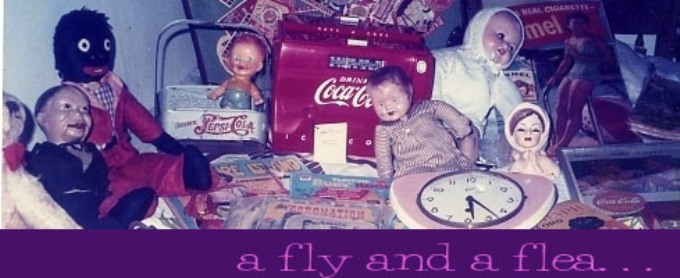
The Philippine music scene of the 1970s was not just defined by moptop artists, British bands and folksinging groups—but also by a revolutionary songbook that became a byword in its heyday: JINGLE Songbook Magazine—or just plain JINGLE, to a horde of guitar-strumming, music-loving young people, myself included. Before JINGLE, we only had squeaky-clean songhits with predictable titles like “Hit Parade” and “Song Cavalcade”. But the launching of JINGLE changed all that: it was fun, it was attuned to the times, it was irreverent and wacky, it poked fun at the establishment, and it answered young people’s clamor for better entertainment.
First published in 1970 by Jingle Clan Publications, the first issue had the Beatles on the cover and featured 90 pages of songs—around 120 of them, 100 of which came complete with guitar chords. JINGLE was a staple in many high schools and colleges in the country, as it made singing and playing guitar so easy (the magazine had a pull-out guitar chord guide)—all for jut P2.50. JINGLE music had it all-- from Jack Jones to Tom Jones, Beatles to Monkees, Motown to Soul, Platters to Peter, Paul and Mary, James Taylor to Carole King, Pilita Corrales to Nora Aunor, ballads, folk songs, standards, songs from rock musicals (“Tommy”, “Jesus Christ Superstar” and more.
The articles too, were hip and cool, dished by a stable of writers that included Juaniyo Arcellana, Vicar Rosales, Pennie Azarcon and Ces Rodriguez. Emil Davocol and Dani Tagbo did very “in” illustrations that found their way on mod T-Shirts. I remember one beautifully-illlustrated poster that came free with an issue of JINGLE, a Pilipino translation of “Desiderata” done in calligraphy. I remember framing that poster for my room! Of course, JINGLE also gave other assorted freebies with every issue—like a Beatles’ bookmark, a David Cassidy poster , frameable quotations.
A lot of risqué things could be found on every page—from green songs and jokes (I even won First Prize in their regular send-a-joke contest, with my entry featured prominently on “The Grin Page”), protest songs and Anti-Marcos establishment commentaries. It ‘s no wonder JINGLE was one of the publications that incurred the ire of authorities and was targeted for closure during the Martial Law days. But so popular was JINGLE that it was soon made available again, spawning imitation songbook magazines like MopTop, Burgis (which became BM after Martial Law), He & She. It even raised its prices to Php 4.75 in 1077, and two years later, an issue cost Php6.00. Re-issues that came out in 2009 cost a whopping Php80.00.
JINGLE was line-extended with the coming of JINGLE Extra Hot Magazine that was a showbiz tabloid of some sort, but as they say—the original (concept) is still the best. Today, re-issues of past JINGLE editions are still available, reproduced to the last detail—including pull-outs—by Jackpot Publications.
Shown above are two original issues from 1977 and 1979, found at last year’s Greenhills Antique Fair, in good condition, priced at 200Php each. A cheap price to pay to reclaim a portion of my 70s youth. Err, which page again is that Jim Croce song?
















